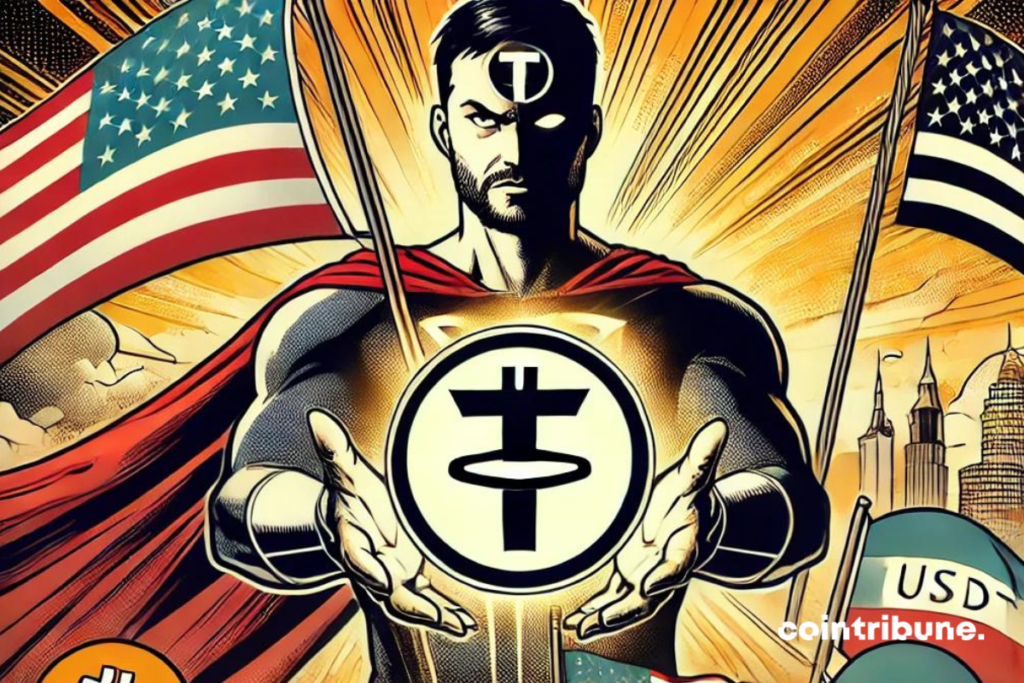As BRICS Expands, USDT Emerges as Possible Counterweight to De-Dollarization
As the BRICS coalition—comprising Brazil, Russia, India, China, and South Africa—welcomes new members and vigorously pursues its de-dollarization strategy, a compelling question arises: Could the Tether (USDT) stablecoin serve as the United States’ hidden key to maintaining its economic dominance? The potential impacts on both the cryptocurrency landscape and the global economy are profound.
Expanding BRICS and Its De-Dollarization Ambitions
Recently, the BRICS alliance extended an invitation to Iran, signaling its growing objective to contest the supremacy of the U.S. dollar. This strategic maneuver underscores the bloc’s concerted efforts to diversify away from dollar dependency. Paolo Ardoino, CEO of Tether, has shed light on the pivotal role USDT might play in this scenario. According to Ardoino, USDT “brings the US dollar to hundreds of millions of people around the world living in developing countries who need an alternative to their local currencies,” highlighting USDT’s potential to replace the dollar in vulnerable economies.
Historically, BRICS nations have explored various alternatives to the dollar for international trade. The bloc has announced plans to establish an independent payment system utilizing digital currencies and blockchain technology. Furthermore, discussions about implementing a stablecoin for seamless cross-border transactions are ongoing. Russian President Vladimir Putin has even hinted at the possibility of employing XRP from Ripple for such purposes.
USDT’s Strategic Significance
Howard Lutnick, CEO of Cantor Fitzgerald, has recently underscored the importance of a dollar-backed stablecoin in the face of BRICS’ de-dollarization initiatives. Although Lutnick refrained from specifying a particular stablecoin, his comments suggest a strong inclination towards USDT. He emphasized that “the digital dollar is more important than ever,” implying that USDT could bolster the U.S. dollar’s standing amid intensifying competition.
Lutnick’s covert endorsement of USDT might be seen as a tactical move to highlight the strengths of this digital currency. By presenting a stable and widely accepted alternative, USDT could help sustain the dollar’s influence in an increasingly multipolar world. However, this approach has several implications that warrant meticulous scrutiny. The credibility and stability of Tether’s reserves are essential to ensure the trust of users and investors.
Future Trajectories
Going forward, it is evident that the United States must innovate and adapt to preserve its monetary dominance. The surging adoption of stablecoins like USDT in global transactions could play a crucial role in this strategic endeavor. Ensuring the reliability and stability of USDT will be key in maintaining confidence and supporting the dollar’s position.
For further insights, please visit the source at Cointribune.
DISCLAIMER
The opinions expressed in this article are solely those of the author and should not be construed as investment advice. Conduct your own research before making any investment decisions.
